Instructions: Click on the button to see if your answer is correct or not. I recommend keeping track of how many you get correct on your first try. You might need your reference tables for this... look in the back of your book, starting on page 245.
Compared to the circumference of Earth measured at the Equator, the circumference of Earth measured through the poles is
slightly smaller.
slightly larger.
exactly the same.
The Sun's gravitational pull is greater at the Equator than at the poles.
The Sun's gravitational pull is less at the Equator than at the poles.
The distance from the center of the Earth to the Earth's surface is slightly more at the poles than at the Equator.
The distance from the center of the Earth to the Earth's surface is slightly less at the poles than at the Equator.
633.17 cm
635.20 cm
632.10 cm
634.25 cm
atmosphere.
hydrosphere.
lithosphere.
troposphere.
lithosphere.
outer core.
troposphere.
hydrosphere.
The layer of bedrock near the Earth's surface that forms a continuous shell around the Earth is called the
stratosphere.
lithosphere.
troposphere.
hydrosphere.
solid rock.
gaseous air.
molten rock.
liquid water.
a circle.
a perfect sphere.
an eccentric ellipse.
an oblate sphere.
variable length of day.
fairly constant period of revolution.
nearly spherical shape.
nearly circular orbit around the Sun.
an egg
a pear
a Ping-Pong ball
a football
slightly more, because the person is farther away from the center of the Earth.
slightly more, because the person is closer to from the center of the Earth.
slightly less, because the person is farther away from the center of the Earth.
slightly less, because the person is closer to from the center of the Earth.
oxygen
iron
potassium
hydrogen
are in either the Northern or Southern Hemispheres.
are in the Northern Hemisphere.
are in the Southern Hemisphere.
are in the Western Hemisphere.
2 p.m.
3 p.m.
8 p.m.
8 a.m.
the position of Polaris changes with the seasons.
the position of Polaris is equal to the observer's latitude.
Polaris is the brightest star in the night sky, and is very easy to locate.
Polaris is directly over the Tropic of Cancer.
The Artic Circle
The Equator
Central New York State
The Tropic of Cancer
105°W
105°E
75°W
75°E
1°
15°
24°
360°
180
360
90
24
perfectly spherical shape.
slightly oblate shape.
very elliptical orbit.
slightly elliptical orbit.
11 p.m.
2 p.m.
12 a.m.
12 p.m.
173.1 cm
748.8 cm
600.0 cm
507.3 cm
The altitude of Polaris increases.
The altitude of Polaris decreases.
The altitude of Polaris remains the same.
The altitude of Polaris will increase and then decrease.
Precise measurements of the Earth indicate that its polar diameter is
shorter than its equatorial diameter.
longer than its equatorial diameter.
the same length as its equatorial diameter.
Measurements taken from space show the Earth to be
a perfect sphere.
pear shaped.
greatest in diameter at the Equator.
greatest in diameter at the poles.
The best evidence that the Earth has a spherical shape would be provided by
the time the Earth takes to rotate one its axis at different times of the year.
the change in the time of sunrise and sunset at a single location during 1 year.
photographs of the Earth taken from space.
the prevailing wind direction at many locations on the Earth's surface.
From which set of polar and equatorial diameters can the actual shape of the Earth be inferred?
Polar diameter = 12,714 km
Equatorial diameter = 12,714 km
Polar diameter = 12,756 km
Equatorial diameter = 12,756 km
Polar diameter = 12,714 km
Equatorial diameter = 12,756 km
Polar diameter = 12,756 km
Equatorial diameter = 12,714 km
What does A.M. and P.M. stand for?
Any Moment and Past Moment
After Morning and Pre-Morning
Amplitude Modification and Polarity Modification
Ante Meridian and Post Meridian
Which of the following lists the density of the Earth's three outer spheres in order from highest density to lowest density?
Atmosphere, Lithosphere, and Hydrosphere
Lithosphere, Atmosphere, and Hydrosphere
Lithosphere, Hydrosphere, and Atmosphere
Atmosphere, Hydrosphere, and Lithosphere
A boat is located somewhere on Earth. If Polaris is 28° above the horizon, the time is 9 p.m., and it is 9 p.m. at the GMT, where is the boat?
62° South, 45° East
28° North, 45° West
28° North, 135° East
28° North, 135° West
Which of the following can we calculate if we compare the difference in time between two time zones?
Where the Equator is.
Where Polaris should be.
The longitude.
The latitude.
If it is midnight at the GMT and 8 p.m. at your current location, where are you?
60° West
60° East
4° West
4° East
An astrolabe can be used to find
the current altitude of the observer.
the current time zone of the observer.
the current latitude of the observer.
the current longitude of the observer.
If Polaris is seen at an angle of 60° above the horizon
60° North
60° South
30° North
30° South
The Earth Turns
360° towards the East every hour.
360° towards the West every hour.
15° towards the East every hour.
15° towards the West every hour.
24° towards the West every hour.
![]()
To answer questions 36 - 38, use the diagram below which shows an instrument made from a drinking straw, protractor, string, and rock.
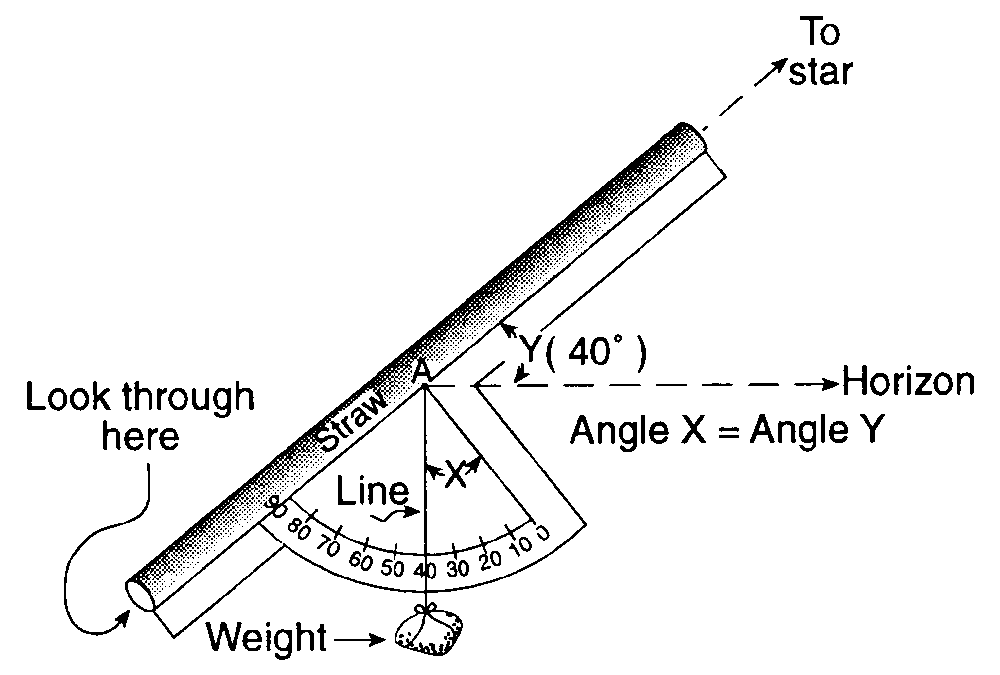
This instrument was most likely used to measure the
mass of the suspended weight.
mass of the Earth.
altitude of a star.
distance to a star.
What is the altitude of the star?
0°
40°
50°
90°
If the star being observed is Polaris, what would the observer's latitude be?
40°
50°
90°
It cannot be determined from the device shown in the picture.
![]()
The diagrams below represent photographs of a large sailboat taken through a telescope over time as the boat sailed away from shore out to sea. Each diagram shows the magnification of the lenses and the time of day.
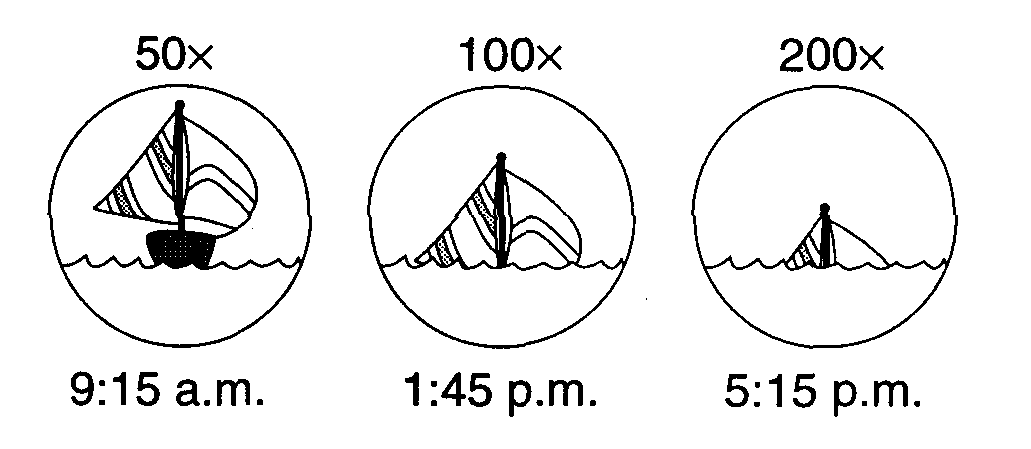
Which statement best explains the apparent sinking of this sailboat?
The sailboat is moving around the curved surface of Earth.
The sailboat appears smaller as it moves farther away.
The change in density of the atmosphere is causing refraction of light rays.
The tide is causing an increase in the depth of the ocean.
Which diagram most accurately shows the cross-sectional shape of the Earth?
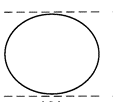
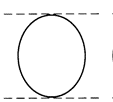


The diagram below indicates the altitude of Polaris as measured at three locations in the Earth's Northern Hemisphere. What is the best inference to be drawn from these observations?
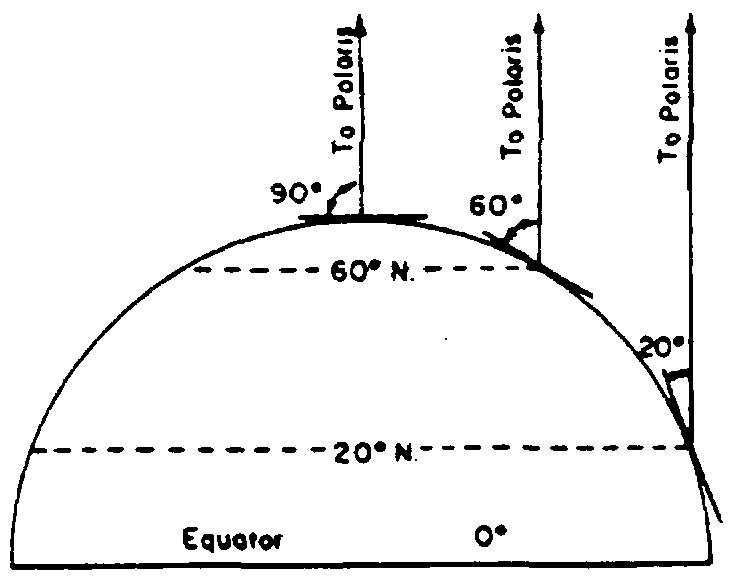
the Earth rotates 15º per hour
the Earth has an elliptical orbit
the Earth has a curved surface
the Earth revolves around the sun
The graph below represents percentage of elements by volume.
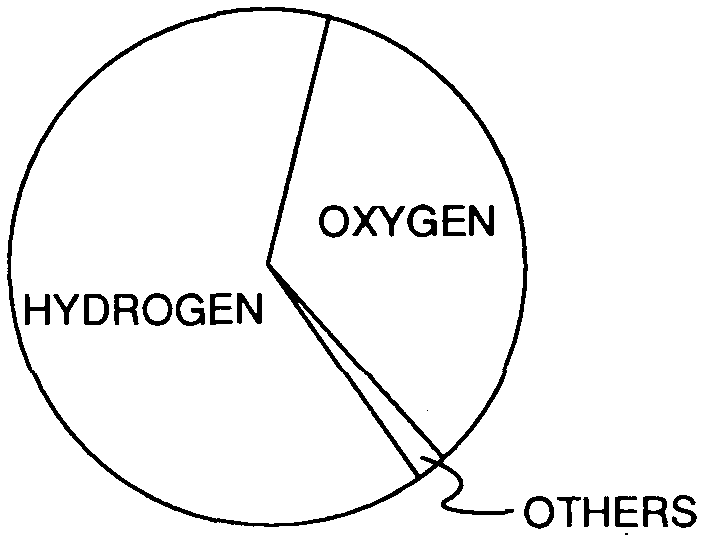
According to the Earth Science Reference Tables, this graph best represents the elements of the Earth's
troposphere.
lithosphere.
hydrosphere.
stratosphere.
![]()
Use the image below to answer questions 43 through 45.
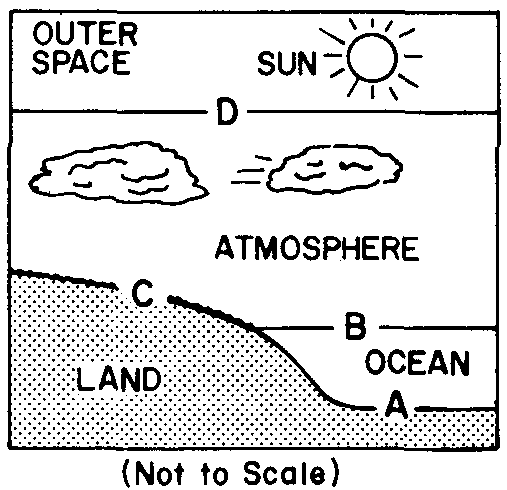
Which line best identifies the interface between the lithosphere and the hydrosphere?
Line A
Line B
Line C
Line D
Which line best identifies the interface between the lithosphere and the atmosphere?
Line A
Line B
Line C
Line D
Which line best identifies the interface between the atmosphere and the hydrosphere?
Line A
Line B
Line C
Line D
![]()
Use the map below to answer questions 46 through 49.
Which location is located at (53°N,45°E)?
A
B
C
D
At location A Polaris has close to the same altitude as location
A
B
C
Polaris cannot be seen from any of the other locations.
At which location would you be if Polaris has an altitude of 52º and it is 11 p.m., but it is 3 p.m. at the Prime Meridian?
A
B
C
D
What is the coordinates of location D?
(68°S, 120°E)
(120°S, 53°E)
(53°S, 68°E)
(53°S, 120°E)
![]()
Using the image below, what is the circumference of this globe?

8.1 km
16,000 km
250 km
5419.4 km
Using the image below, what is the circumference of this globe?

3,600 cm
1,080 cm
833 cm
1,200 cm
What is the latitude for the observer shown in the image below?
47° North
43° North
90° North
45° South
What is the latitude of an observer if the image below shows their astrolabe?
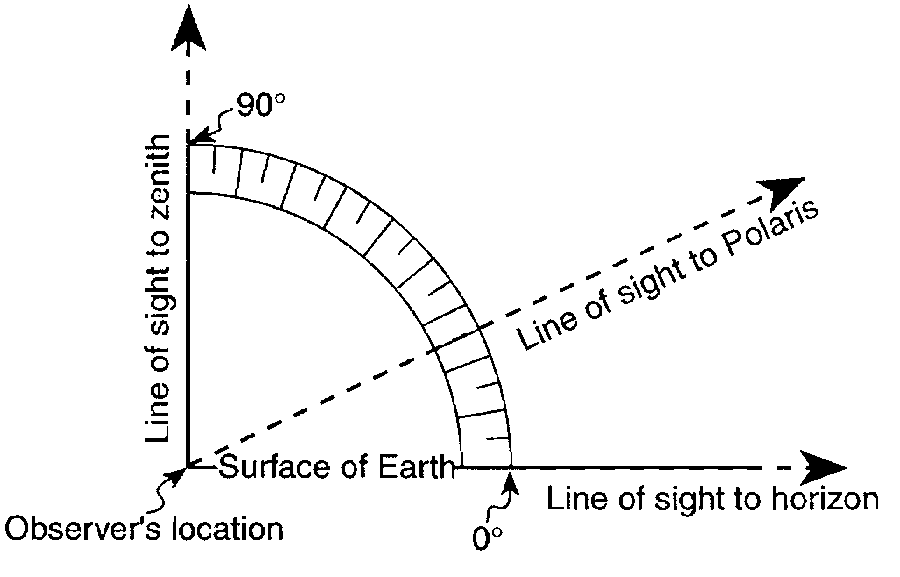
90° North
30° North
25° North
60° North
![]()
Use the images below to answer questions 54 through 59. Each image shows the location of Polaris for a different observer at different locations on Earth.
A B
B C
C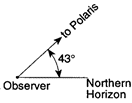 D
D
Which observer is located on the North Pole?
A
B
C
D
Which observer is the closest to the Equator?
A
B
C
D
Which observer is located at 70° North latitude?
A
B
C
D
What is the latitude for observer C?
90°
70°
43°
24°
What happens to the altitude of Polaris as an observer moves further North in the Northern Hemisphere?
The altitude of Polaris increases.
The altitude of Polaris decreases.
The altitude of Polaris stays the same.
What happens to the altitude of Polaris as an observer moves further South in the Northern Hemisphere?
The altitude of Polaris increases.
The altitude of Polaris decreases.
The altitude of Polaris stays the same.
![]()
Use the graph below to answer questions 60 through 65. This graph shows the percent by mass of the elements that make up one of the Earth's outer spheres. Each letter on the graph represents an element.

Which outer sphere does this graph represent?
atmosphere
hydrosphere
lithosphere
asthenosphere
Which element is represented by the letter a?
Aluminum
Iron
Oxygen
Silicon
Which element is represented by the letter b?
Aluminum
Iron
Oxygen
Silicon
Which element is represented by the letter c?
Aluminum
Iron
Oxygen
Silicon
Which element is represented by the letter e?
Aluminum
Hydrogen
Iron
Sodium
If a student leaves on a 15 hours trip to Australia (135 East) from New York (75 West) at 11 p.m. on Tuesday, October 14, 2008, when did they arrive in Australia?
1 p.m. on Tuesday, October 14, 2008
4 a.m. on Wednesday, October 15, 2008
1 p.m. on Wednesday, October 15, 2008
4 a.m. on Tuesday, October 14, 2008
yes buttons